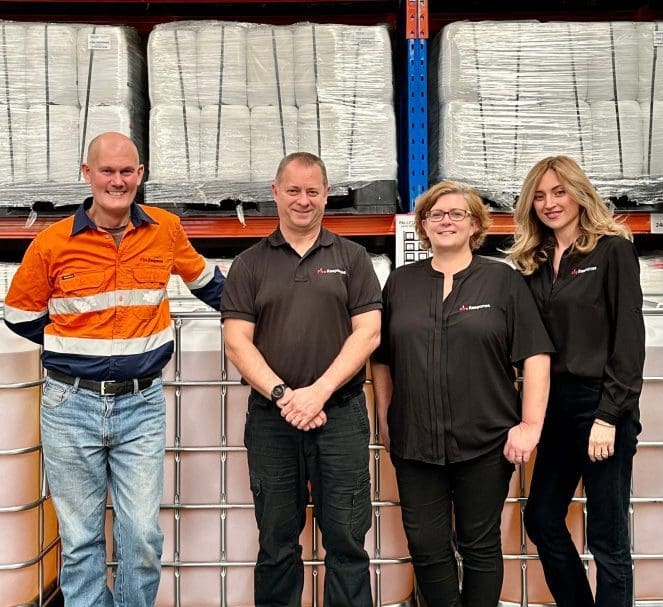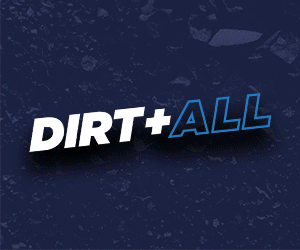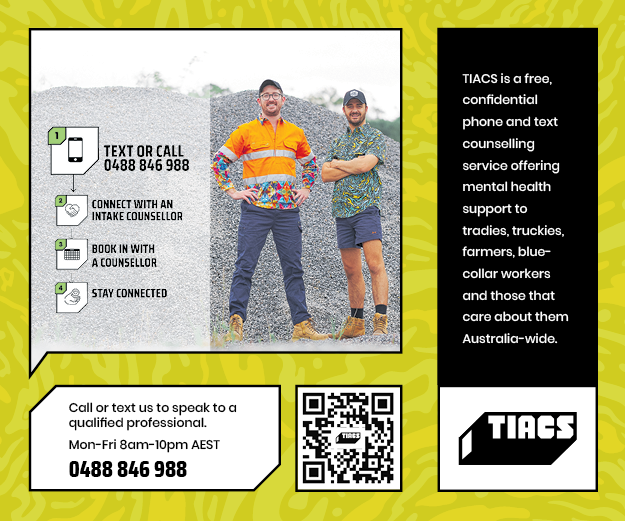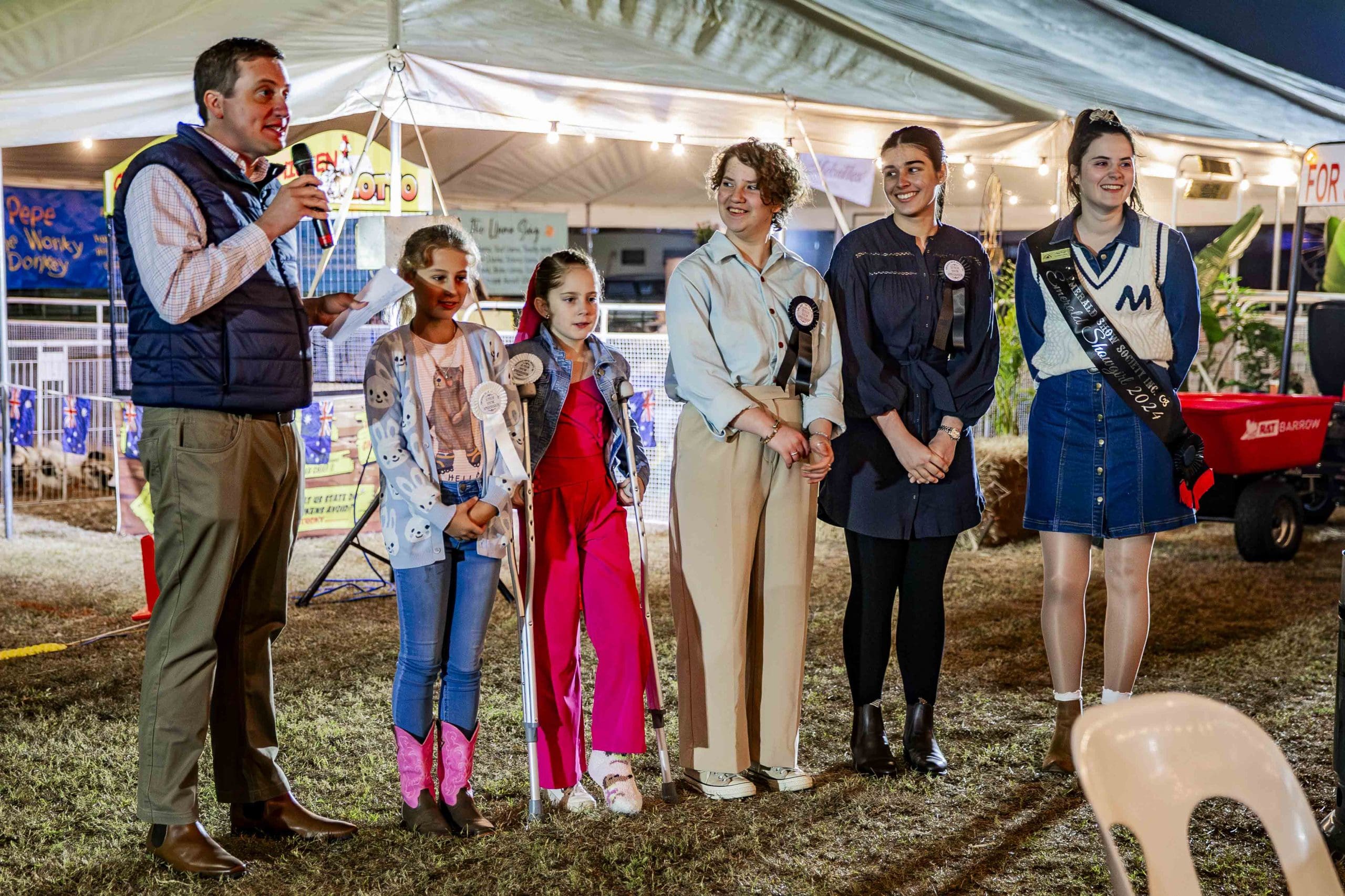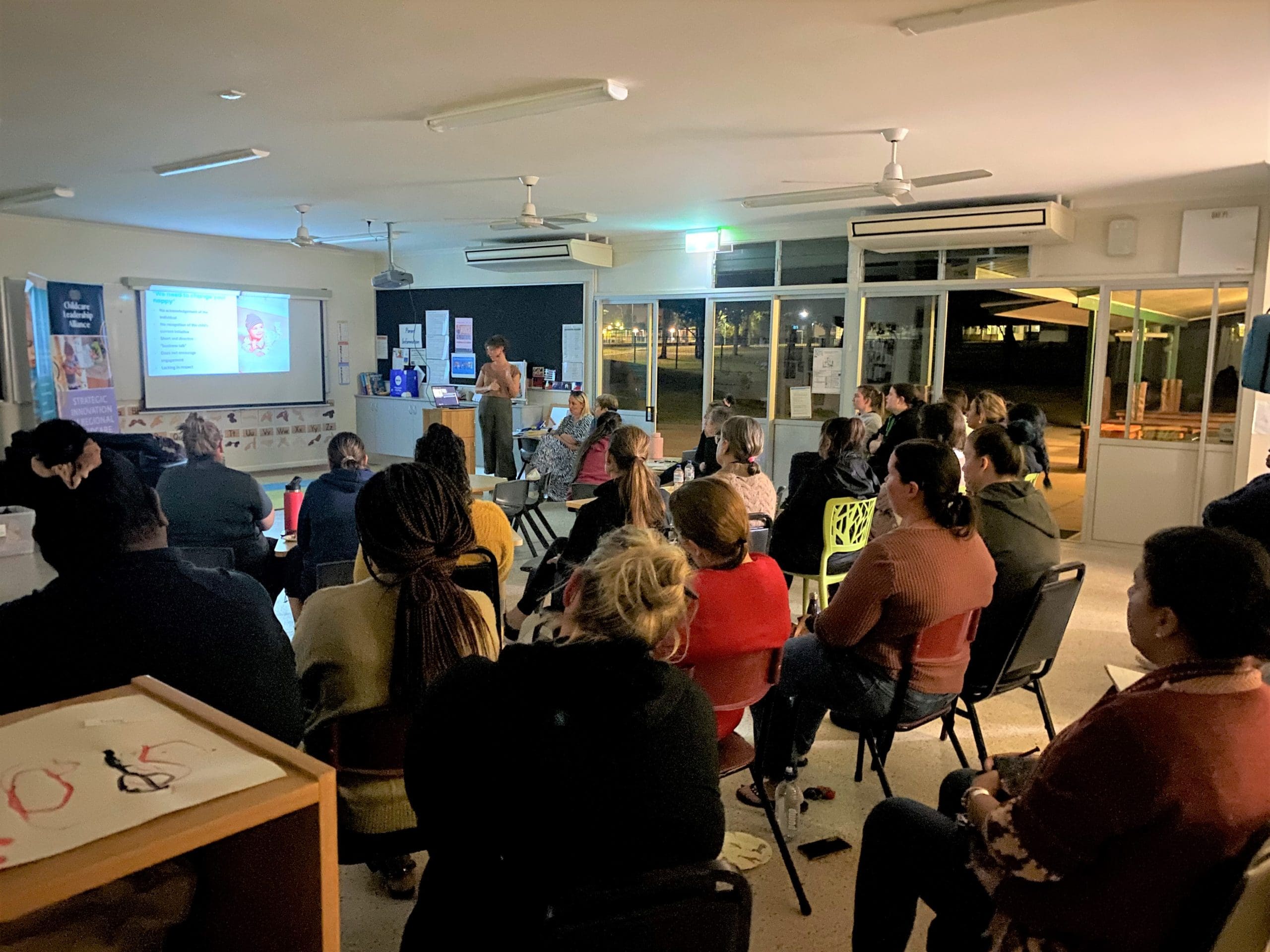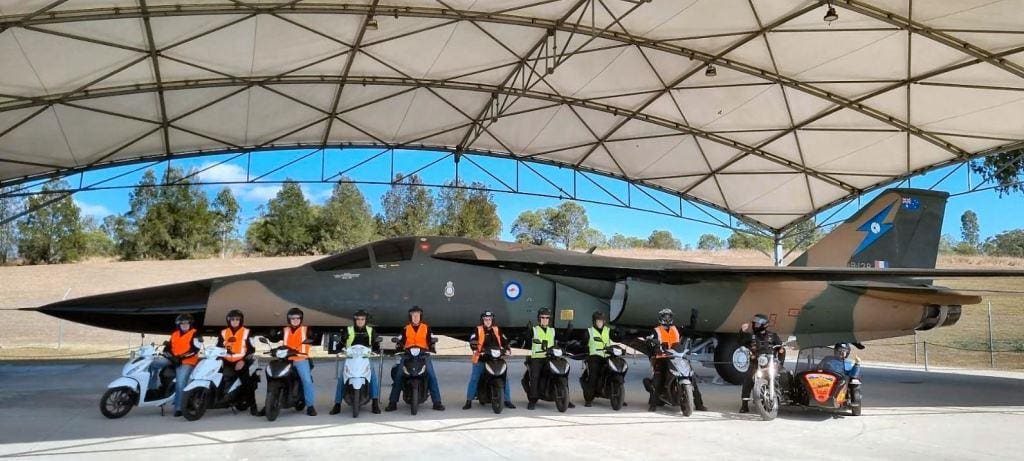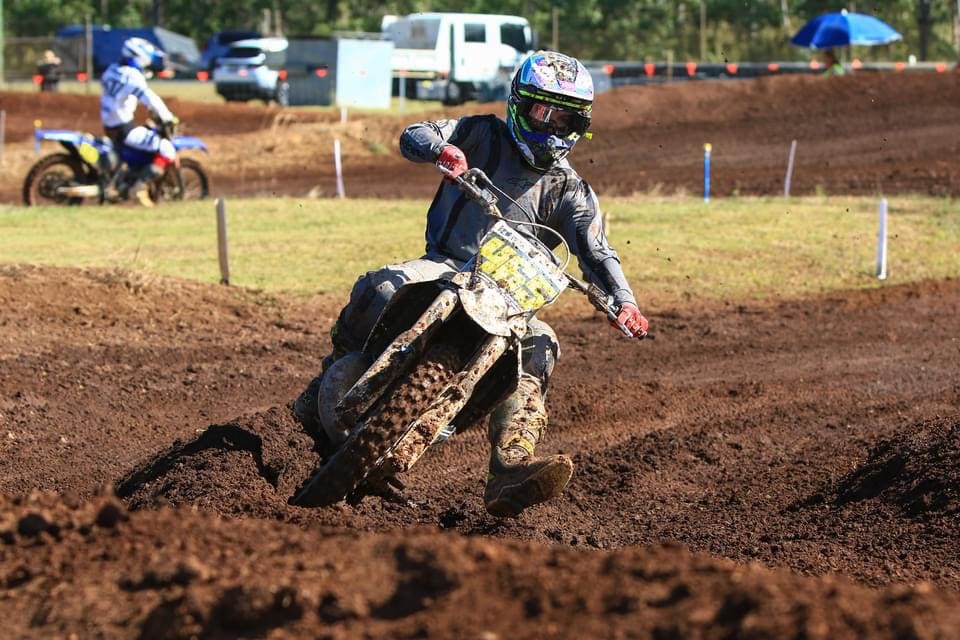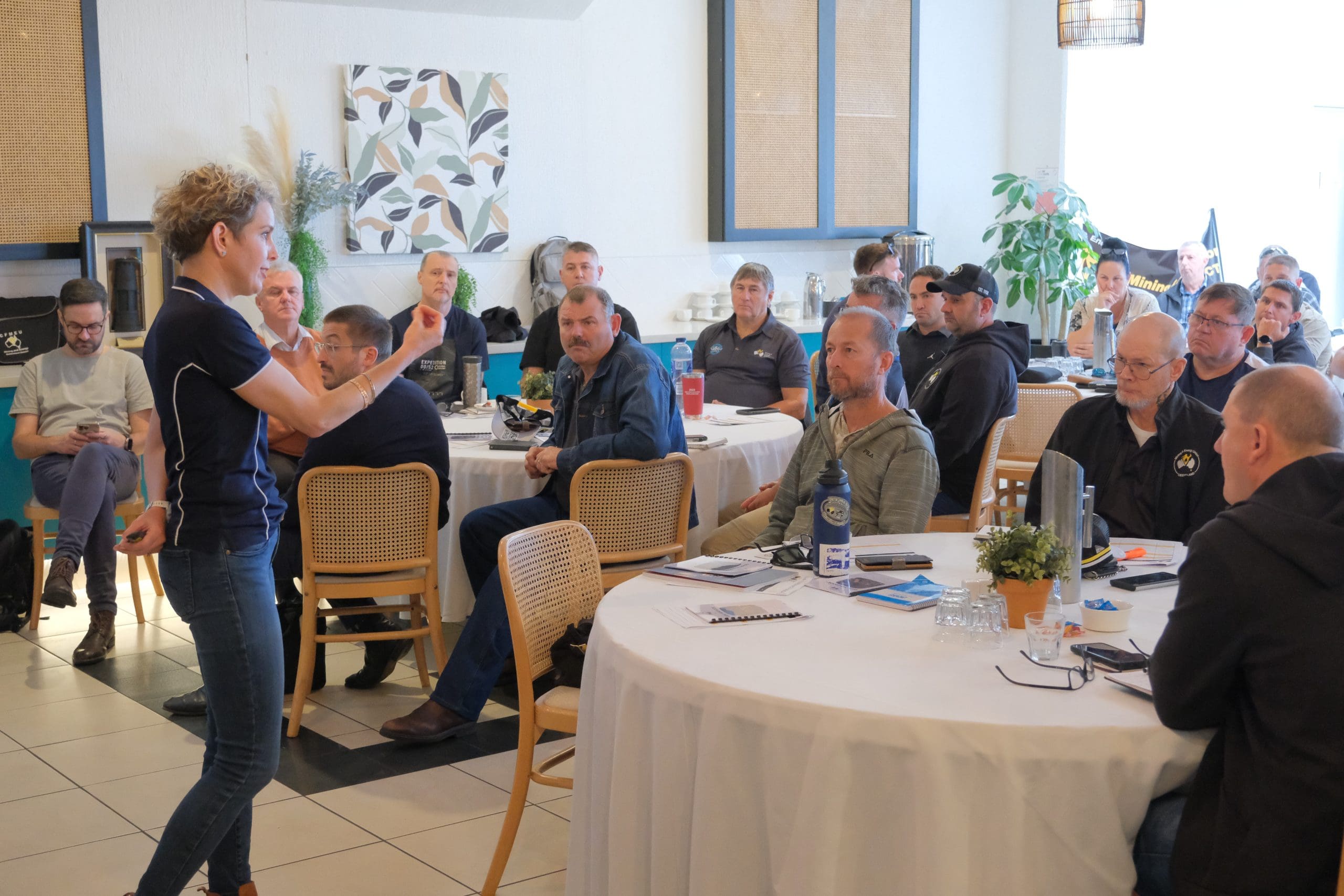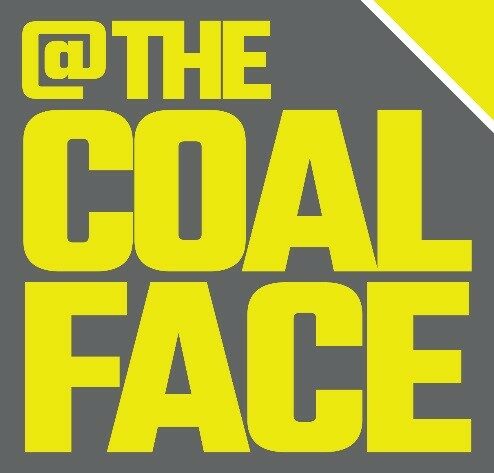While every mine site is different, what they all have in common is the potential risk of fires. Fires can destroy expensive equipment and be catastrophic to production and profits, but more importantly, they can threaten the safety of workers. That’s why Nick Foran, Managing Director of Fire Response says prevention is the best protection.
Nick’s been working in the firefighting field for over 25 years, so @ The Coalface took advantage of his extensive knowledge to learn what can be done on coal mines to ensure that fire safety always comes first.
His biggest piece of advice? Test early and fix early. When major fire incidents occur, an investigation follows so the problem can be rectified, but Nick’s seen plenty of cases where fires could have been prevented before they even started.
“Some of the common reasons for fires are ruptured hydraulic lines, overloading trucks and tyres getting hot resulting in tyre fires, and lack of maintenance. These are all preventable,” says Nick.
“However even with the best preventative measures in place, incidents can still occur and that’s why you should regularly check your emergency response hardware. Does it adhere to the correct standards? Is it suitable for the applications you might need it for? If you’re not sure, then ask us. We will help guide you in the right direction and there’s often a better way of doing something that you might not know. And if it hasn’t been tested then you can’t guarantee it will work when you need it.”
When we think about water carts, normally it’s just about their dust suppression and washing applications, however Nick says that one of their most important roles is their secondary use for firefighting. Unfortunately, Nick too often sees that they are less than effective for that purpose.
“The capability of these trucks to fight fires really comes down to how they are set up and unfortunately most are not reaching their potential,” says Nick.
“I see a lot of issues on water carts that reduce their effectiveness for firefighting. These issues can be easily solved by simple things like hydraulic testing through the cannons and making sure the water delivery system is matching the requirements of the nozzle. In some cases, you might need to upgrade the pump.
“Then, most importantly, a foam proportion test must be done. One of the most common things I see is cannons that have not been tested for foam proportioning. Just because there is white fluffy foam coming out does not mean it is effective and will be able to contain or put out a fire. I always recommend proportion testing your firefighting equipment so you will be in a good position to fight any fire. It’s definitely cheaper to do this than it is to lose expensive capital equipment and put lives at risk.”
Another thing Nick says to consider is the training of water cart operators. Making sure they have the knowledge to use all of its firefighting applications. Nick says he’s frequently had to instruct operators on what they have to do in case of a fire as it’s common for them to receive no formal training.
One of the other big health and safety issues we have in NSW when it comes to firefighting is the suppression foam itself. The use of aqueous film forming foams (AFFF) are still widespread even though they are known to have harmful ecological impacts on the environment and human health.
While other states in Australia have introduced legislation to stop the use of AFFF, in NSW it’s use is currently only banned in fire extinguishers, though there is a push for the legislation to be changed.
“Mines that are using AFFF in NSW need to get in front of this. While there’s a cost to transition, there are a lot of benefits in doing it. For the environment, for human and animal health, and for the community you operate in,” states Nick.
“When it comes down to it, you don’t get second chances when a fire starts. If you have the wrong equipment, you are setting yourself up for failure and putting lives at risk.”
So, if your firefighting capabilities are not up to scratch, or you need some more advice, give Nick and his team a call.

